Snapshots
If you have nice rendering using the flows methodology, send it to us and we will add it to the gallery.
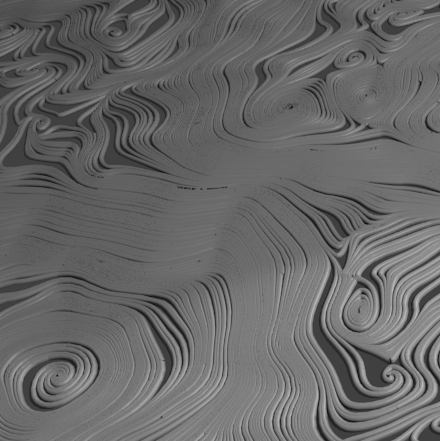
2D representation rendered using Blender3D
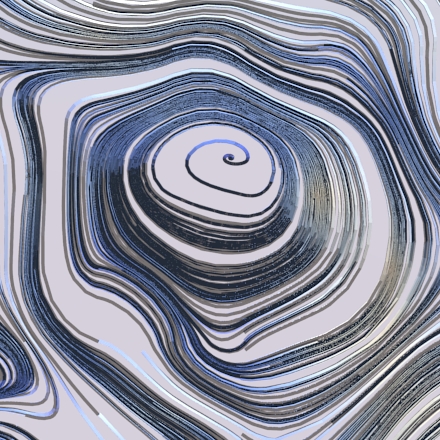
2D representation rendered and coloured using Blender3D
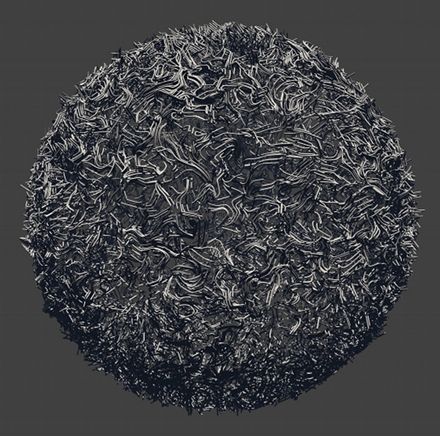
3D representation rendered using Blender3D
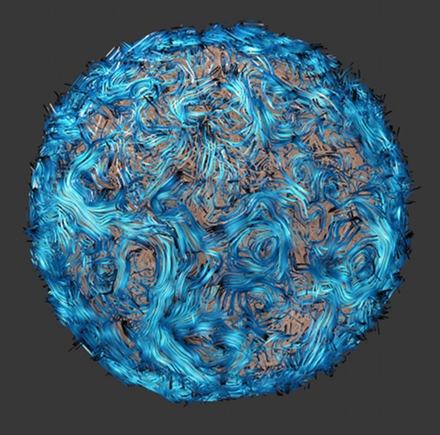
3D representation rendered and colored using Blender3D
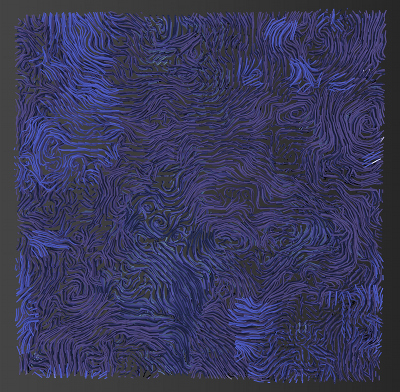
Planar membrane rendered with Blender3D. You can download the blender file
here.
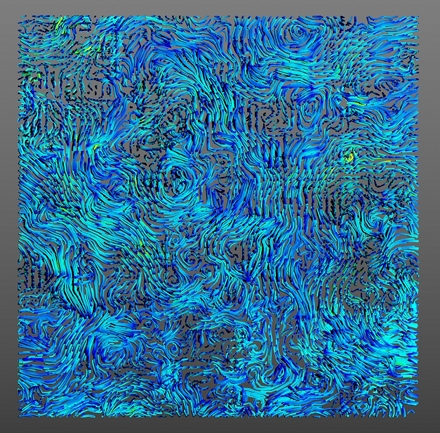
Planar membrane rendered with Blender3D. More info see
here.
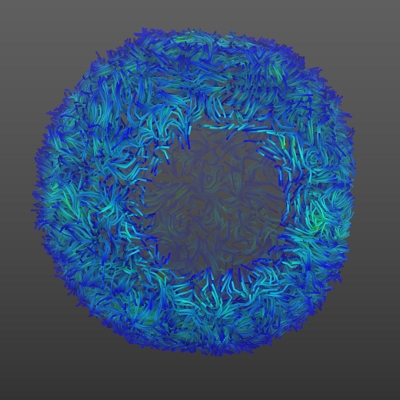
Vesicle rendered with Blender3D.